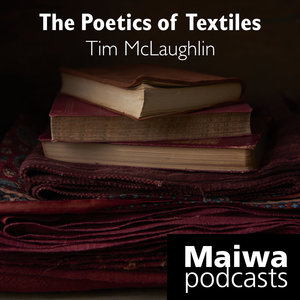- Lecture Series -
Featuring top artisans & crafts people from around the world.
LIMITED SPACES LEFT
DON'T MISS YOUR CHANCE TO SEE:
Woven Symbols, Global Patterns
Sara Goodman & Mary Zicafoose
A Tenuous Balance: Sculptural Textiles
Mo Kelman
Inspired By Our Strange Society
Tilleke Schwarz
The Art of Ajrakh
Jabbar & Adam Khatri
Inspired Displacement: Translating Travel into Textiles
Lisa Klakulak
The Marlinespike: Roped Into Art
Tim Whitten
Kantha Quilts of Bengal
John Gillow
Marvels & Wonders: Geometric Design in Cairo During the Mamluk Sultanate
Eric Broug
The Craft of Travel - SOLD OUT
Charllotte Kwon & Tim McLaughlin
Lectures Start September 6th.
$15.00 each
Tickets purchased online after August 20th will be held at the door.
Tickets available online at schooloftextiles.com
or in the Maiwa store on Granville Island
or in the Maiwa store on Granville Island




























